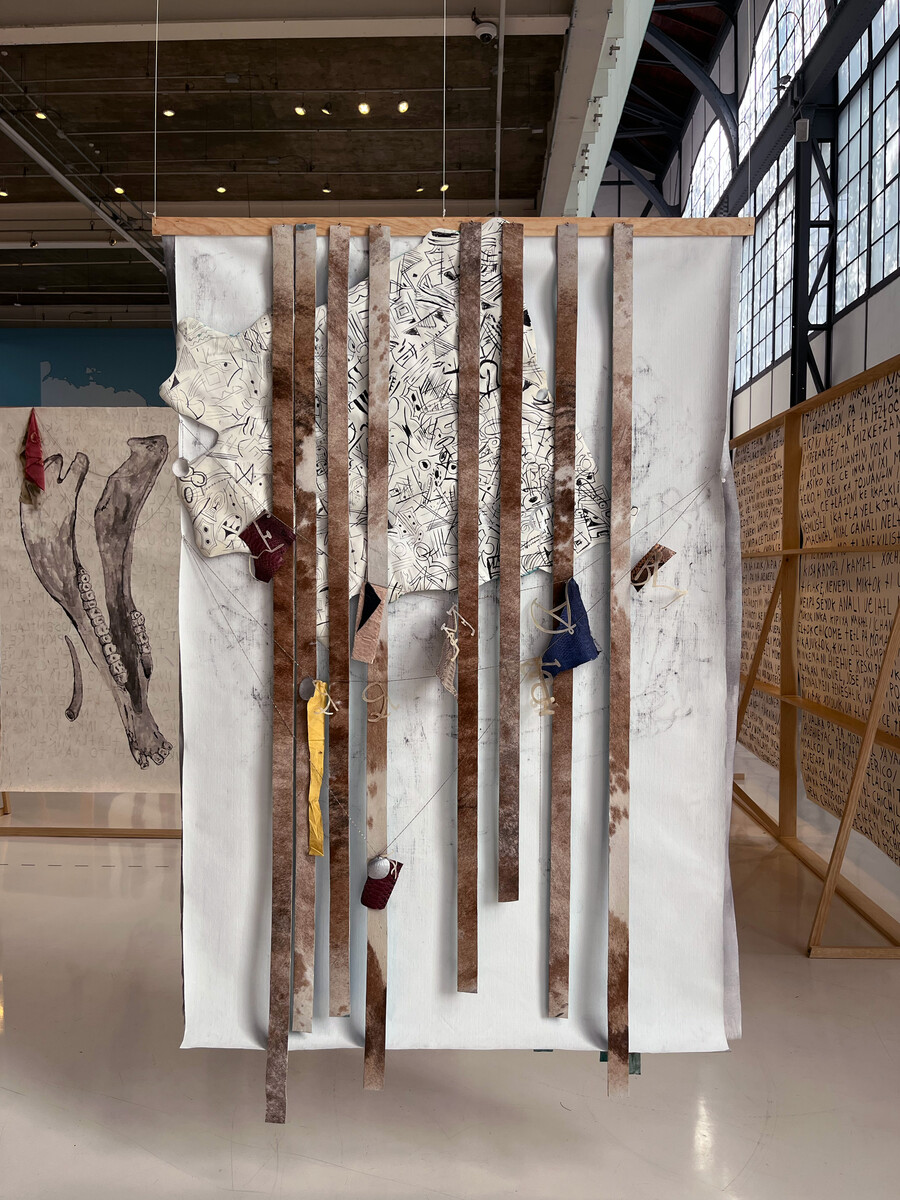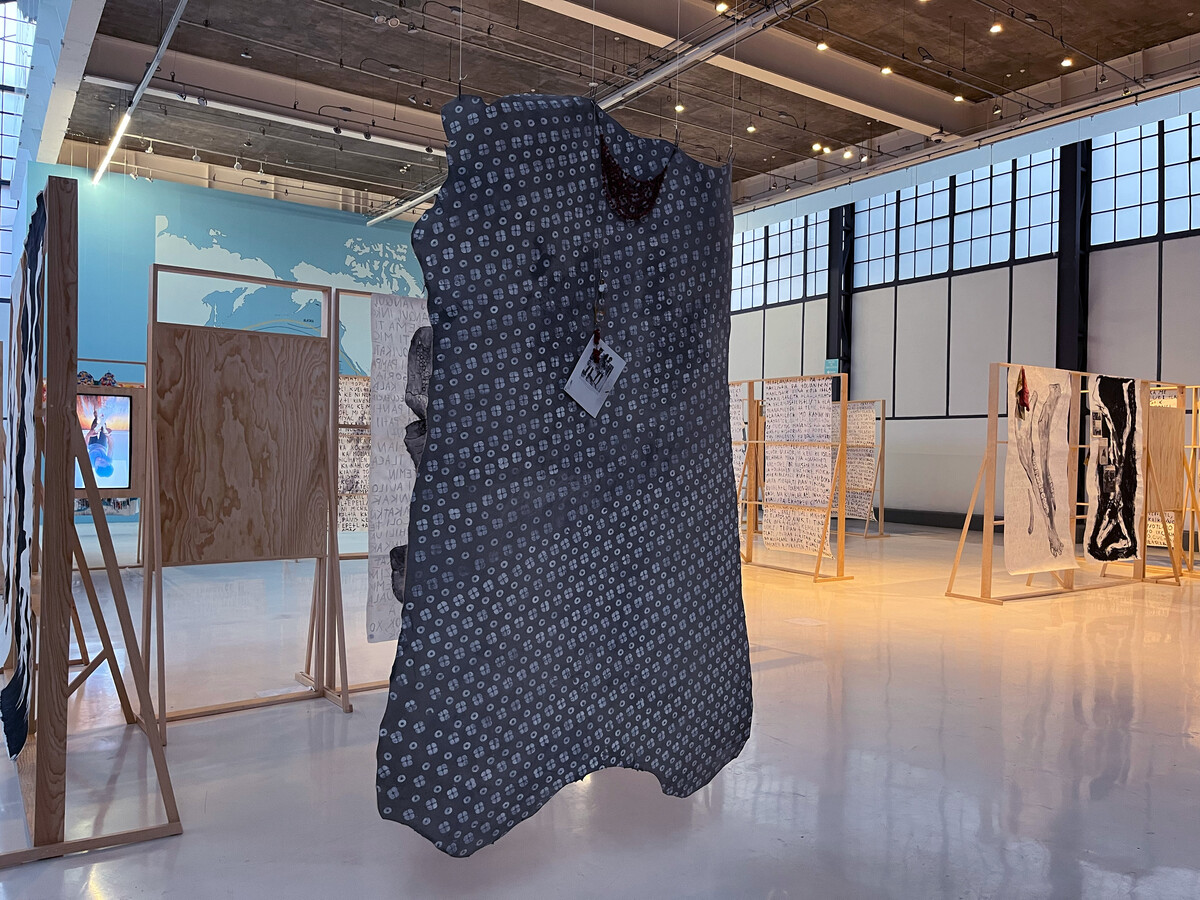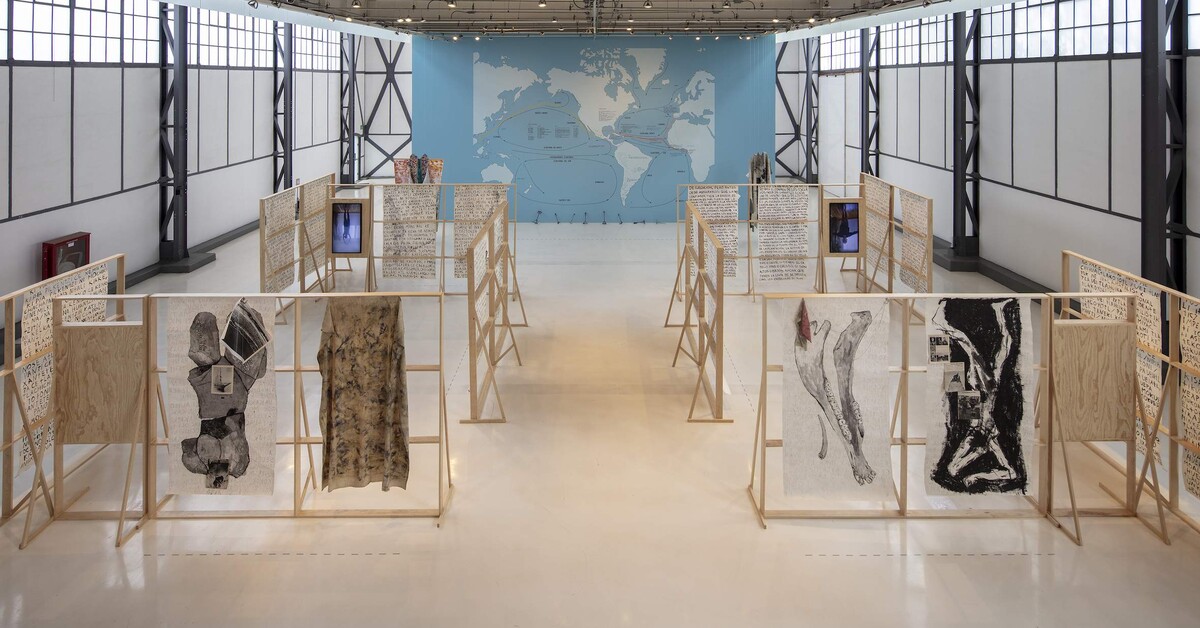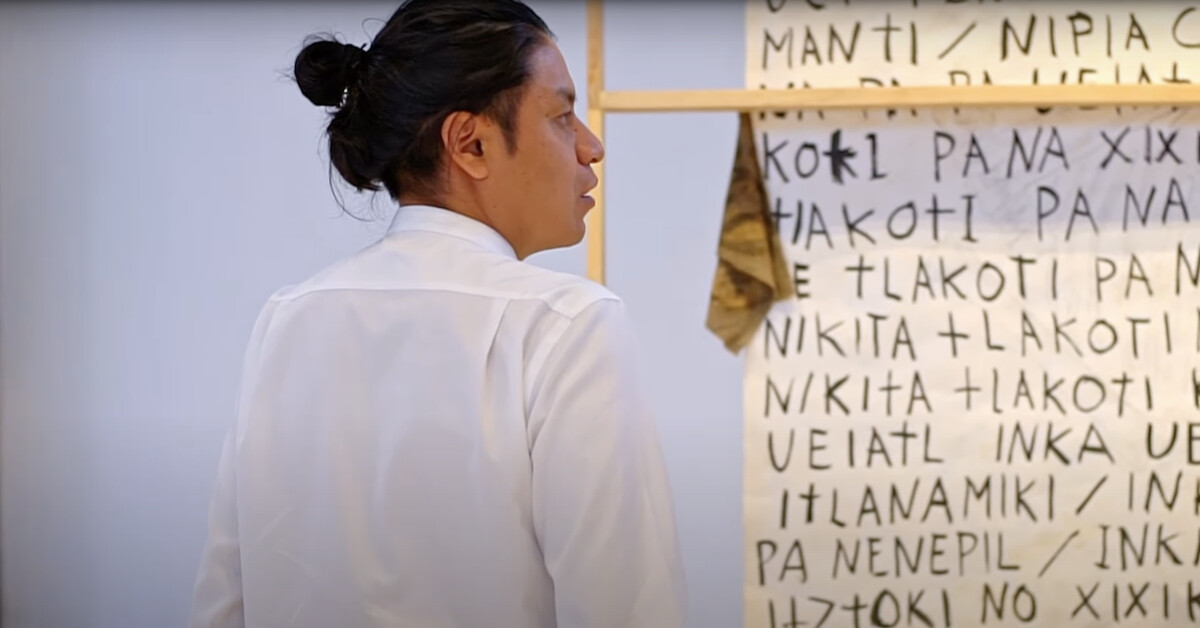
In the beginning there was a river. Then the river became a road and branched out, spreading throughout the world and since it had been a river before, it was always hungry. The Hungry Road, Ben Okri
In the past, the ancestors that are now in my body were slaves. They were lined up in boats, tight; or they loaded goods walking from the Gulf of Mexico to the highlands.
After investigating archives, territories, documents, old voices and rituals, after interrogating plants, animals, landscapes, architecture and museums, I realized that this began in the 16th century within Western time, but the consequences continue in the present. . I recognized myself as a descendant of a people of slaves and survivors of the genocide in colonial times.
I recognize myself as Huasteco, one of the cultures most dismembered by the viceroyalty’s commercial exchange system and, at the same time, one of the most forgotten by the official narrative and academic studies in Mexico.
The series ” The homeland of images” is a section of my research, where I discovered African literature. In the work of the writer Ben Okri I felt reflected many of my thoughts. This author portrays the ” Abiku” in his novel The Hungry Road , spirits that die when having contact with suffering, so they keep visions and memories of past suffering. That inspired my way of developing my research, finding remnants of the slave episodes through stories, file review and field work, from which a series of drawings emerges with a collection of poems in Nahuatl embodied on the back of each piece, poems which in turn are the nod to a series of video performances that conceive the body as an archive, which is why it is a source of accurate knowledge, as well as an experience to heal colonial wounds.
My series of drawings seeks to be the ” abikus”, that is, it tries to show the past from the present experiences, as a form of historical recognition and empowerment of memory. The poems link the images with the exploration of the body, so the performances embody artistic research and postulate memory as a form of collective experience.
The video performances are arranged on vertical screens, in dialogue with the drawings, creating a tension between the static and the movement.
The arrangement of the drawings refers to the bodies in the slave ships. It symbolically emulates the experience of the bodies in the ships that crossed the Caribbean.
_
Noah Martinez

Palimpsest
I put one foot in front of the other, then the other in front of the first,
and I only hope to be able to repeat it all over again.
The Land of Last Things, Paul Auster
Our flesh is nothing more than a throw of memory, made up of episodes that we don’t know how to evoke. Dismembered memories that speak to us in our dreams, wake us up in the middle of the morning with our bodies boiling, dripping with sweat. We feel a kind of desperate fear, because there is not much clue to understand what it is that is so frightening. There is a slight intuition that these dreams have to do with the sea, excessive weight on the spine and unbearable pain in the navel.
We do not understand much of this behavior, especially those small gestures that end up defining us, such as staring at the ground, a chronic tremor in the left knee or the bad habit of picking scabs from wounds. To all of the above, a specific action will respond: walking . All the steps taken by the bodies that precede us and we never knew. Ancestors who turned their heels away from the sea that gave them genesis, resisted the burning that the sharp stones caused on their metatarsals as they stepped on the foreign land until, finally, they dragged their feet through the dry mud of their last destiny, the one that saw them falter. The sad look of our dusty grandmothers, their injuries on our back, their air in the sigh.
The body is bigger than history is an exhibition that investigates memory, not as an abstract concept, but investigates it from the greatest certainty that was given to us, that of corporeal thought. The exhibition seeks to stop in the present to imagine what the interfaces of the past were like; he repairs the daily pains and decides to look back to find answers. The work of Noé Martínez brings these historical lacerations to the present imaginary, rescues their stories, desires and names, finds the hidden messages in the multiple layers of skin that make us up and proposes a way to retell the story of who we are. For some reason, she feels closer this time.
_
Mariana Villalobos
NOÉ MARTÍNEZ: MEMORIA DEL CUERPO
La Tempestad
May 18, 2023
May 18, 2023
Noe Martinez | Voices by Ayarkut
Ayarkut
Sep 11, 2023
Sep 11, 2023


